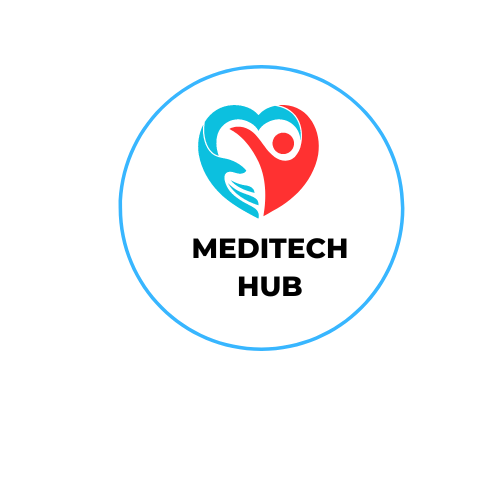In today’s digital age, where technology seamlessly integrates with every aspect of healthcare, cybersecurity has become more than just a technical issue—it’s a fundamental part of patient care. As healthcare organizations embrace digital records and cutting-edge technologies, the threat of cyberattacks looms large. These threats don’t just target systems; they strike at the very heart of patient trust and safety. To truly protect those who rely on our care, healthcare organizations must prioritize cybersecurity to ensure that patient information remains secure and that our healthcare systems stay resilient.
Understanding the Human Impact of Cybersecurity in Healthcare
Imagine a scenario where a ransomware attack hits a hospital, forcing critical services to halt and placing patient lives at risk. This isn’t just a technical failure—it’s a personal one, where the trust patients place in their providers is compromised. Data breaches in healthcare can have devastating consequences, not just financially, but in the erosion of patient confidence. When a patient shares their most personal health details, they do so with the belief that this information will be protected. It’s our responsibility to uphold that trust.

The High Value of Patient Data
Why is healthcare data so coveted by cybercriminals? Because it’s incredibly valuable. Medical records contain not just health information but also personal identification details and financial data, all of which are highly sought after on the dark web. The consequences of a data breach are profound, from financial loss to identity theft, and most damaging of all, the loss of trust that can take years to rebuild.
Key Strategies for Protecting Patient Data
- Implement Robust Access Controls: To keep patient data secure, strong access controls are a must. This includes multi-factor authentication (MFA) and role-based access, ensuring that only those who truly need access can get it.
- Regular Software Updates and Patching: Cybercriminals often exploit outdated software. By regularly updating and patching systems, healthcare providers can close security gaps that might otherwise lead to a breach.
- Comprehensive Staff Training: Human error is a significant factor in many data breaches. Regular training on cybersecurity best practices, such as identifying phishing scams and handling data securely, can go a long way in preventing these incidents.

Why Compliance Is Essential in Healthcare Cybersecurity
Staying compliant with regulations like HIPAA and GDPR isn’t just about avoiding fines—it’s about maintaining the trust that is essential to patient care. Compliance with these regulations ensures that patient data is handled with the utmost care, building a secure environment where patients feel safe sharing their most sensitive information. Adhering to industry-specific standards like PCI DSS also adds another layer of protection, especially when it comes to safeguarding payment information.
Best Practices for Ensuring Healthcare Cybersecurity
- Regular Risk Assessments: Continuously identify and address vulnerabilities to stay compliant with healthcare regulations and to protect patient data effectively.
- Data Encryption: Encrypting data both during transmission and at rest ensures that even if information is intercepted, it remains secure and unreadable without the proper authorization.
- Multi-Factor Authentication (MFA): Implementing MFA provides an additional layer of security, making it more difficult for unauthorized users to gain access to critical systems.
- Ongoing Employee Training: Continuous education on cybersecurity is crucial in minimizing human error, which is a common cause of data breaches.
Looking Ahead: The Future of Healthcare Cybersecurity
As we look to the future, the integration of new technologies like artificial intelligence (AI) and Internet of Things (IoT) devices will introduce new cybersecurity challenges. These advancements promise incredible benefits for patient care, but they also require a proactive approach to security. Implementing advanced threat detection systems, conducting regular risk assessments, and ensuring strong encryption and access controls will be vital in securing these technologies.

Conclusion: A Collective Responsibility
In the end, protecting patient data is a shared responsibility that spans healthcare providers, technology developers, and regulatory bodies. The rise of sophisticated cyber threats means that cybersecurity must be a top priority for everyone involved in healthcare. By working together and adhering to regulatory standards, we can build a healthcare environment that is both secure and trustworthy, ensuring that patient care remains at the forefront in the digital age.


